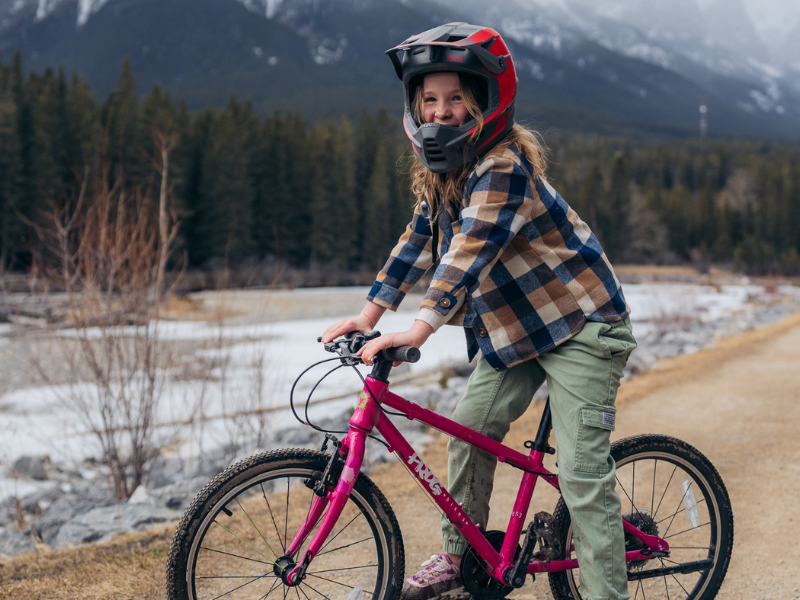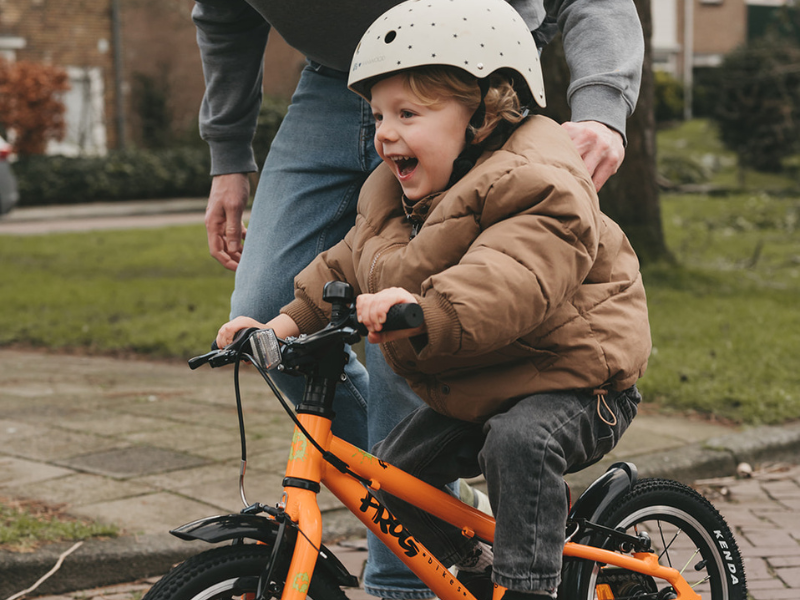Should you use stabilisers to teach a child to cycle?
- 14 Feb 2020
Training wheels, or stabilisers as we call them in the UK, are the extra wheels that can be mounted parallel to a bicycle's rear wheel to help when learning to ride a bike. They assist by giving a more ‘stable’ feeling until the rider has developed a good sense of balance on their bike.
All children learn differently and the question of whether to use stabilisers or not crops up often and can cause big debates among parents. So we thought we’d do a little research into the pro’s and con’s of these cycling stalwarts to help you decide what’s best for your child!







